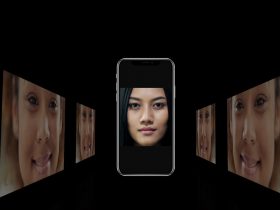Consumers reportedly think that voice-based ads from their smart speakers are “more engaging and less intrusive” than other forms of advertisements. At least, that is one of the findings in the Q2 Voice Report from Adobe Digital Insights.
Believe it or not, they found that 43% of consumers found smart speaker ads less intrusive, more than offsetting the 26% with the opposite opinion. About 31% of the survey participants were neutral on the subject.
A quarter of the participants said they had actually heard an advertisement over a smart speaker, with 39% saying that this had helped lead them to a purchase. A third of participants also thought that listening to an ad was a fair trade-off for using a free service.
The best ad might be a celebrity voice with 31% of participants interested in changing the voice behind the smart speaker. The Rock was at the top of the wanted voice list for younger audiences with George Cloony more popular with an older audience. This could be a new twist on the celebrity spokesperson role.
Actually, I don’t . But if I do …
Using a smart speaker to shop is fairly rare with smart speakers, with only one out of five survey participants actually doing it. And, those that do tend to like it, with 42% saying it was easier to shop with the smart speaker than to use a computer (29% disagreed). The most common activities with a smart speaker are checking the weather or listening to music.
When it comes to actual purchases, consumers are going low. At the top of their buy list were regularly reoccurring purchases of commodities such as laundry detergents and toilet paper.
Voice-based search – and advertisements – are a huge topic in the SEO industry. Companies are scrambling to revise websites so the text and the flow is more conversational as they try to catch and reel in customer queries. It’s not clear if this effort is paying off. So far, digital assistants and smart speakers tend to be primarily used for checking the weather forecast and listening to music – with user experience lagging behind expectations.














